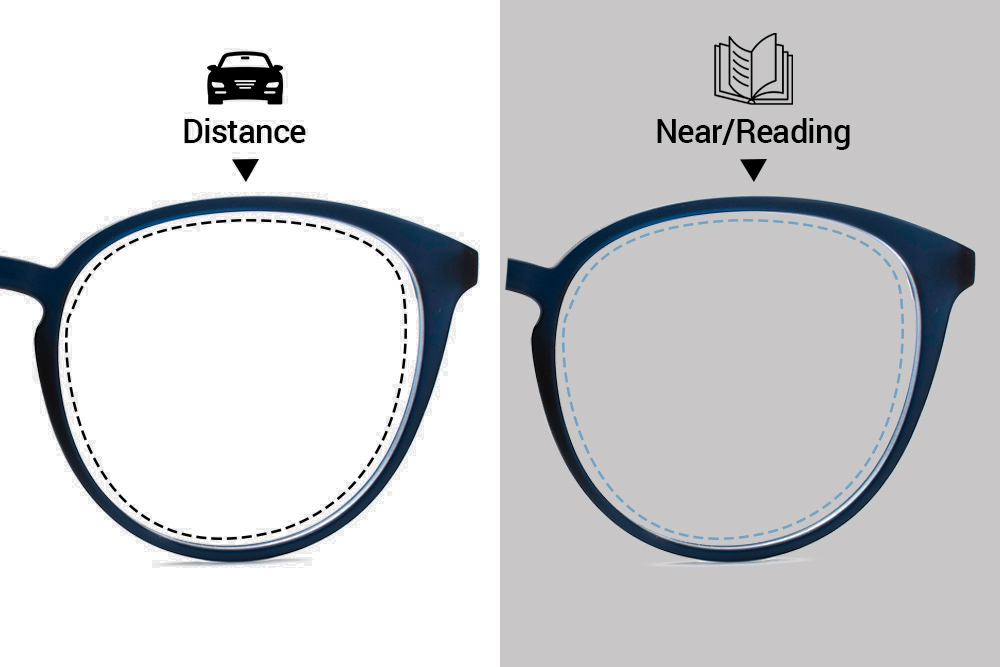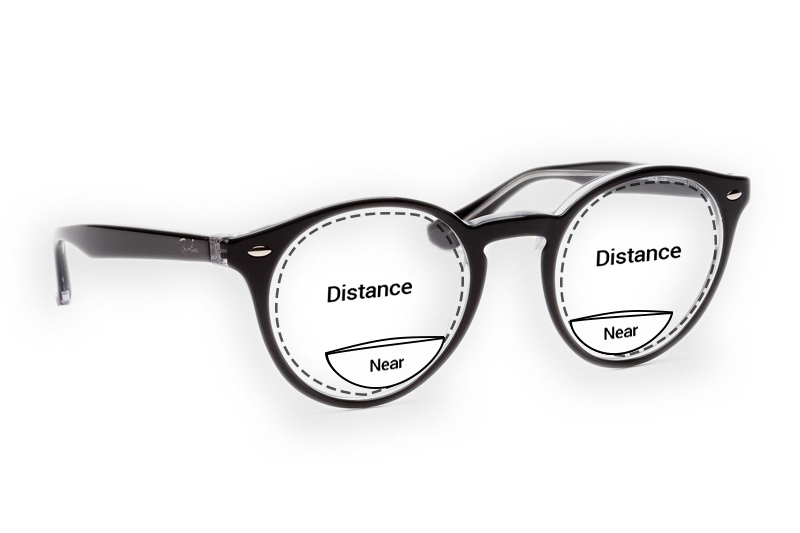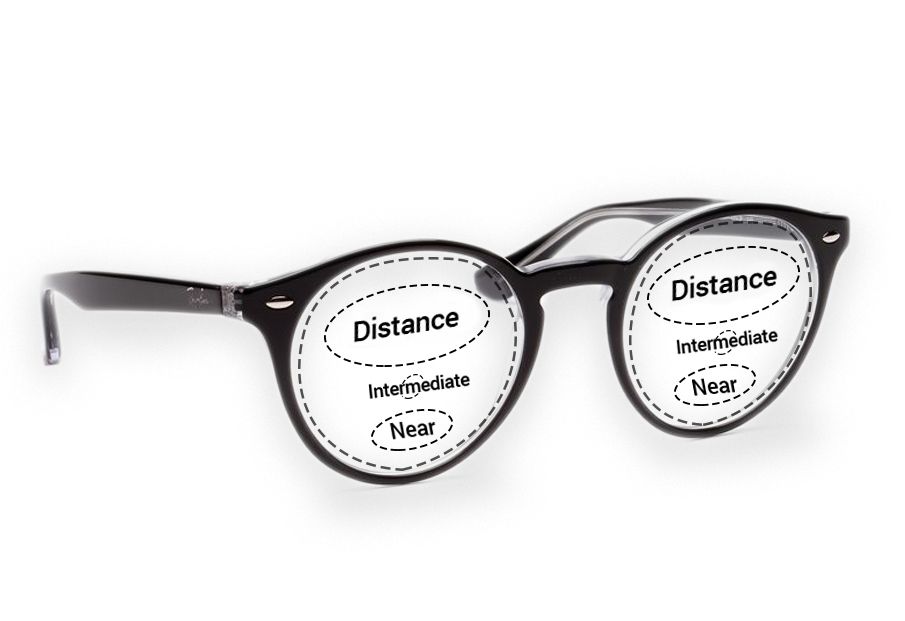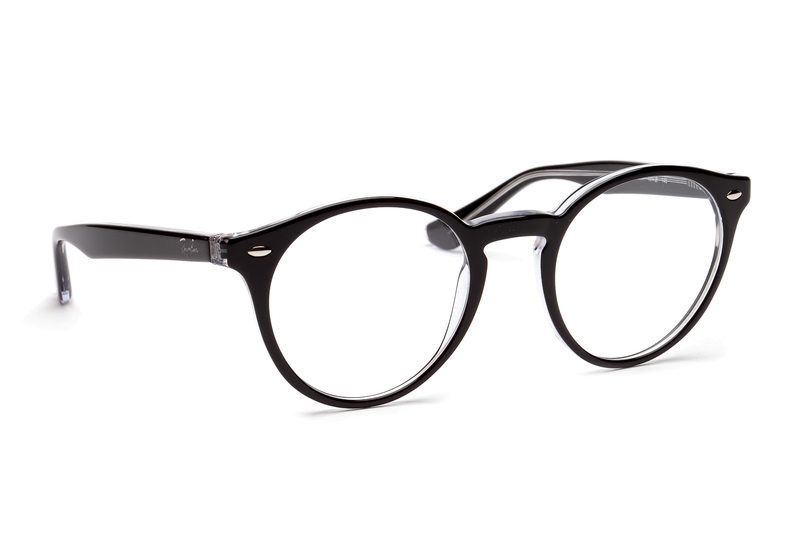What types of glasses lenses and lens materials are there?
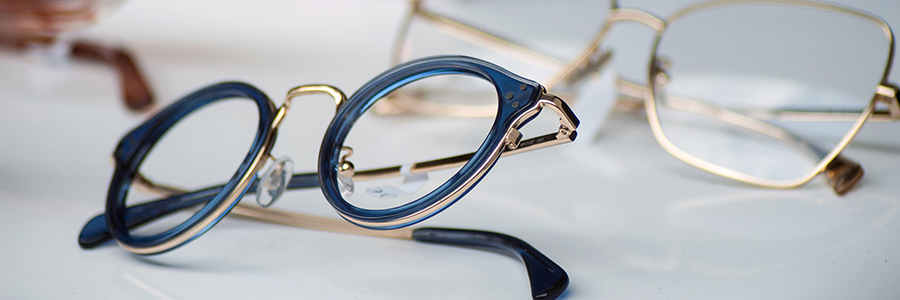
You've had an eye test, have your glasses prescription and would finally like to order your new glasses? There are just a few things to consider.
Just as the power of a lens or its frame play an important role in comfort and vision, so do the glasses lenses. And there are quite a few different variations of them. But don't worry, the Lentiamo Glasses Guide will help you understand the different types of lenses and ultimately be a great help in choosing your lenses!
What types of glasses lenses are available?
Glasses are a complex visual aid that consist of different components. The most important one is the lens. After all, it is ultimately the factor that determines whether you are satisfied with your glasses or not.
Take a look at the different types, materials and coatings of our glasses lenses!
Single-vision lenses
Single-vision lenses are the most common type of prescription lenses. They provide a single field of vision, or a single power, across the entire lens to correct nearsightedness (myopia), farsightedness (hyperopia) and astigmatism.
Single vision lenses are available for either reading or distance vision.
Bifocals
Some people need glasses for both reading and distance. Instead of having separate single-vision glasses for each application, bifocals may be a more comfortable option.
Bifocal lenses are divided by a visible line: a larger area for distance vision with a smaller segment for reading.
First-time wearers of bifocal lenses may need some time to get used to these lenses. This is mainly because you need to learn to move your eyes between the distance and the reading range of the lens.
You should know that bifocal lenses are an older type of glasses lenses. Nowadays opticians usually use progressive lenses.
Progressive lenses
The difference between bifocals and progressives is that there is no visible line between the individual visual areas. They have a seamless, invisible design in which the power changes progressively across the entire lens. Also, progressive lenses are more comfortable to wear than bifocals lenses.
The primary viewing area in a progressive lens is for distance, with an area at the bottom of the lens for near vision, or reading, and an area for intermediate vision in the middle.
Thus, progressive lenses combine three prescriptions in one pair of glasses. That allows you to do close-up work (e.g. reading a book), middle-distance work (e.g. checking out a website on a computer), or distance viewing (e.g. driving), without the need to change your glasses. Thus, with progressive lenses you are able to see clearly at any distance. They are sometimes called multifocal glasses lenses.
Clear lenses
For those who buy glasses only for fashion reasons, we offer eyewear with clear lenses. These lenses have no power and are only worn for aesthetic reasons. In the Lentiamo e-shop you can easily add clear lenses to your selected frame in the first step of the purchase process. You can also have a blue-light filter applied to your lens to provide additional protection to your fashionable glasses (read about the blue light filter below ).
With this we have summarised the three most important types of glasses lenses. But what other factors play a role in the choice of the best lens? Right, the lens material.
Which lens materials are the best?
CR-39 lenses
A very popular and widely used lens material is CR-39, a special plastic.
CR-39 lenses are often prescribed for their comfort, durability and impact resistance. This lightweight material has excellent optics and is best suited for mild prescriptions.
Polycarbonate lenses
Polycarbonate is a plastic that is lighter and more impact resistant than CR-39, which makes it a preferred material for children's sunglasses, and safety and sports eyewear. Polycarbonate lenses offer 100% UV protection.
Today, however, there is a newer and lighter lens material with similar impact properties to polycarbonate. It is called Trivex®.
Trivex® lenses
Trivex lenses are light and impact resistant and they offer 100% UV protection. Trivex lenses also provide sharper central and peripheral vision than other plastic lenses. At Lentiamo we can produce your glasses with either Trivex, CR-39 or High index lenses.
High index lenses
The lens index is a number that describes how thick or thin your lenses are. The higher a lens' index is, the thinner the lens is. Thus, the thinner the lens, the lighter your lenses are and the more UV protection they provide. You can find the different indexes under the names MR 8 (1,60) – High-index, MR 10 (1,67) – High-index and MR 174 (1,74) – High-index.
Thinner lenses are also more stylish and can accommodate many kinds of vision needs, including higher prescriptions.
The following table shows the most common indexes and their respective UV protection in nanometres. To learn more about the UV 400 filter, please click here.
- 1.5 Low-index (CR-39) – UV 380 nm
- 1.53 Trivex – UV 400 nm
- 1.59 Polycarbonate – UV 400 nm
- 1.6 High-index MR 8 – UV 400 nm
- 1.67 MR 10 High-index – UV 400 nm
Now take a look at the properties of CR-39, MR (1.60; 1.67; 1.74) and Trivex® glasses lenses and index numbers:
| CR-39 | MR (1.60; 1.67; 1.74) | Trivex® | |
|---|---|---|---|
| Optical performance | Very good | Good | Excellent |
| Thinness | Standard | Extremely thin | Very thin |
| UV filter | Good | Excellent | Excellent |
| Strength and durability | Good | Very good | Excellent |
Now that you have got to know the best glass materials, we would like to show you the different types of coatings and refinements.
Which lens coating is best suited for your glasses?
UV coating
You want to see well and in the meantime protect your eyes from sunlight? No problem with UV protective coatings on your prescription glasses. On Lentiamo you can have a BlueCut UV420 nm coating applied to your CR-39 lens. This gives you excellent UV420 protection.
Anti-reflective coating
On Lentiamo you can order a special anti-reflective coating for your glasses free of charge. The anti-reflective layer with hard coating prevents unwanted glare and scratching. It also provides basic protection against water and dirt.
Superhydrophobic coating
Additionally, we offer the superhydrophobic coating with anti-reflective and anti-scratch properties. It offers high-quality water and dirt repellent finish. Besides, the care of the glasses lenses becomes much easier.
Computer blue light filter
Special protection is also provided by a computer blue light filter, which blocks harmful blue light emitted by digital screens. Light from these screens can have serious consequences for your eyes, sleep quality and well-being. Our blue light filter with UV420 also provides antireflection, scratch protection and hydrophobic treatment.

